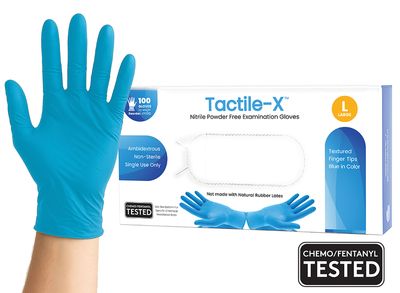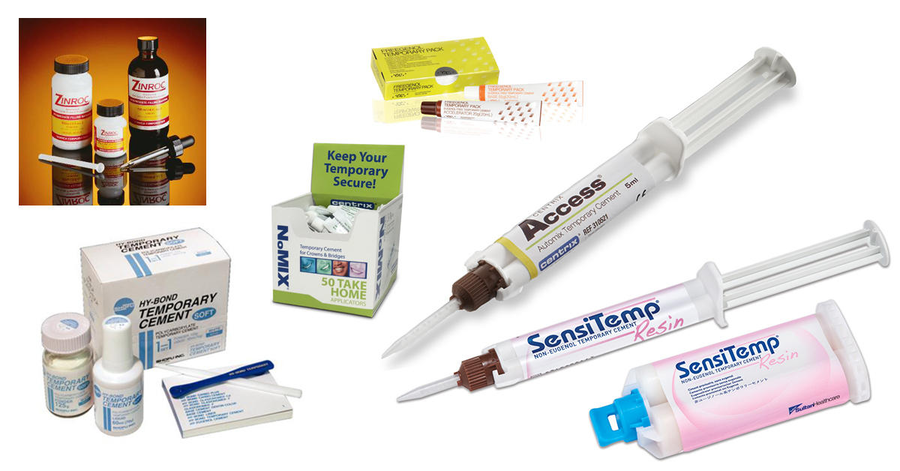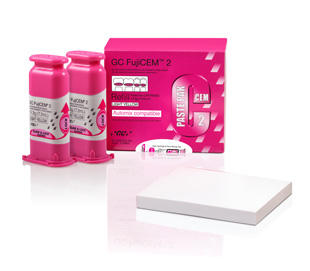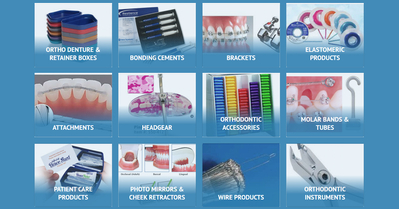Temporary Dental Cement Solutions: Six Unique Products That Save Time, Money, and Space
July 26 2020
Dental cement products provide a critical tool for dentists to deliver exceptional clinical care. When fabricating a custom lab-based restoration, dentists need a reliable temporary cement during the interim period. But when the final restoration comes back from the lab, a temporary restoration must be easy to remove. And the new restoration needs adhesion that gives both the clinician and patient confidence for years of service.
Choosing a Temporary Cement
Dentists regularly use various temporary restorations for procedures such as inlays, onlays, crowns, bridges, and implants. The most common cement in this category includes eugenol-based, non-eugenol based, resin-based, and glass ionomer products.
If a dentist needs maximum retention, such as for a short crown preparation, a resin-based cement may be the best choice. But some resin-based types of cement bond to composite core materials and can pull the buildup from the tooth when removing the temporary restoration. Most dentists end up keeping more than one type of provisional cementation product available for different situations. With the right strategy, you can meet a range of needs with a handful of products.
Temporary cement requires a balance of characteristics to serve the intended purpose. A clinician should find that they provide:
- Easy handling
- Excellent retention of restoration, yet not difficult to remove at the final delivery
- Ideal working and setting time
- Gentle to soft tissue and tooth pulp
- Easy clean-up
- No inhibition of the bonding of the final restoration
- Good shelf life
What Do I Choose?
Today, there are many temporary cement choices on the market, but consider these six unique products to solve various challenges that every dentist faces:
Access Automix Temporary Cement: You rely on clinical efficiency in the operatory. Multiple tubes that require hand mixing take additional time to use, and it’s harder to guarantee a consistent mix by hand. Convenient automix designs make finishing a provisional restoration quick and easy. This non-eugenol formula from Centrix won’t inhibit bonding of the final restoration. A calcium hydroxide additive prevents mold growth and discoloration of the preparation.
NoMIX Temporary Cement: Every dentist knows the frustration of a temporary crown that falls off on a Saturday evening. This single component, moisture activated, non-eugenol temporary cement is an affordable way to reduce stress. If you have patients who are traveling, or you’re concerned about the retention of their crown or bridge, dispense one of these easy-to-use packs after their preparation appointment. Your patient can use NoMIX to recement their restoration if it displaces before final delivery. They appreciate the thoughtful gesture, and you enjoy more peace-of-mind.
SensiTemp Resin: Sometimes, you need a strong, reliable cement, but you suspect that sensitivity will plaque your patient. If a patient has complained of thermal discomfort before preparation or has a cracked tooth sensitive to chewing, SensiTemp may be a solid choice. Sultan Healthcare adds potassium nitrate to this product to help reduce post-op sensitivity. Consider using a desensitizing agent, such as HurriSeal Desensitizer first, and then cementing with SensiTemp. As a bonus, this product provides a good option for permanent (yet reversible) cementation of implant-retained crowns.
HY-Bond Polycarboxylate Cement Polycarboxylate cement arrived on the scene in 1968. As the first dental cement to exhibit chemical bonding to tooth structure, the product has been used for permanent and temporary cementation of every type of restoration. Polycarboxylate cement has lost favor in recent years. However, they still offer an excellent choice for sensitive teeth or for preparations that are close to the pulp. HY-Bond contains tannin fluoride and serves a dual purpose as an indirect pulp-capping material. The large size of the polyacrylic acid molecule helps prevent sensitivity with minimal thickness and excellent thermal insulating.
FREEGENOL Some of the first temporary cement contained zinc-oxide powder and eugenol liquid. Eugenol has a soothing effect on the pulp that helps prevent sensitivity. But one of the problems with eugenol-containing cement is that it hinders the setting process of acrylic resins.
Manufacturers created eugenol-free cement to overcome the challenges of ZOE versions. These products are slightly more rigid, hold restorations better, and clean up is easier than the original formulas. FREEGENOL is a eugenol-free option from a reputable brand used by many clinicians.
Zinroc. Multi-use products increase efficiency and help control excess inventory. Plus, a product that can be used for several purposes is less likely to expire and be thrown out. Zinroc gives clinicians three distinct uses:
- It can be used as a base under deep restorations.
- It seals root canal access openings.
- It serves as a reliable temporary cement when more retention is needed.
Patients also report less sensitivity with Zinroc compared to some types of cement. And resin reinforcement of the formula provides more wear-resistance than most temporary products.
Keep It Simple
Dentists face dozens of product choices in every category, and there isn’t just one formula that meets every clinical demand. At the same time, boxes of unused specialty products take up space and consume your supply budget. Consider adding some of the products mentioned here to simplify your temporization tasks and cover several bases with one product.
Recent posts

07-18-2025
Textured vs. Smooth Nitrile Gloves

02-12-2025
Ultrasonic scalers

10-17-2024
High Definition Black Line Mirrors

09-27-2020




